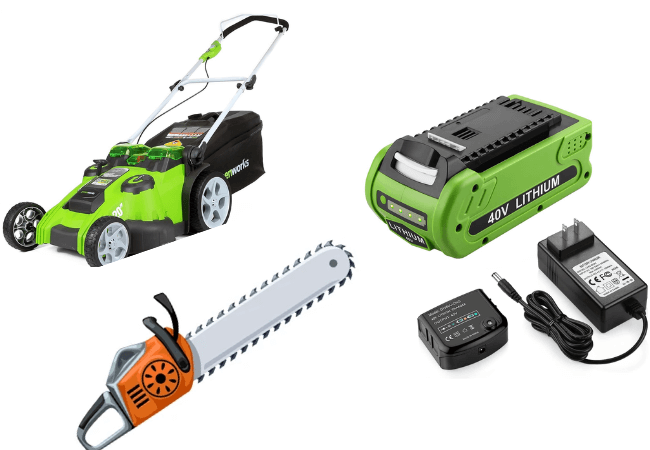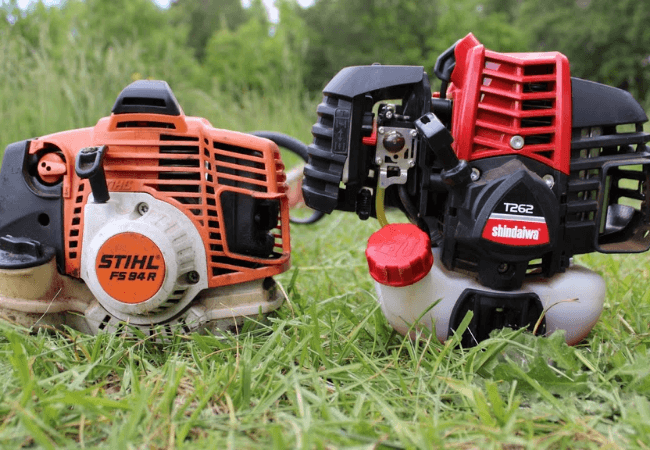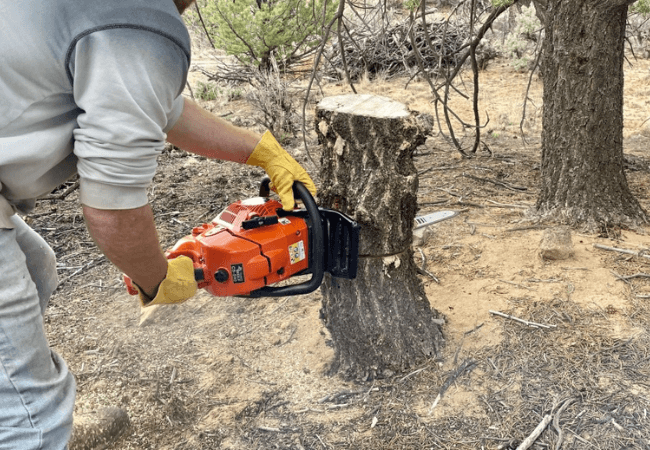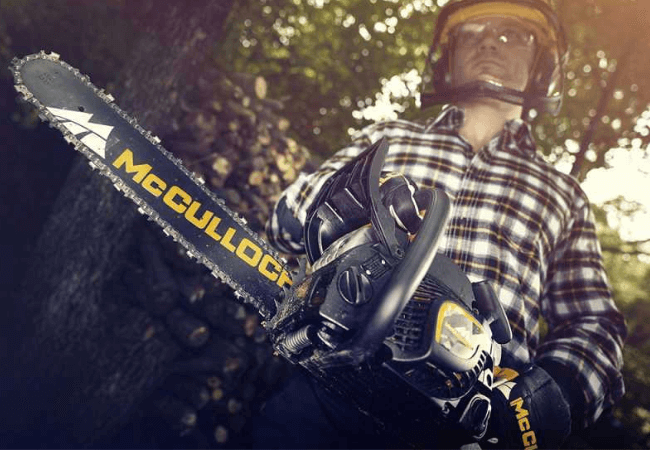German company STIHL makes outdoor power tools, like chainsaws, trimmers, and blowers. Since its founding in 1926, the company has been making high-quality tools widely considered some of the best in the business.
Professionals and homeowners like STIHL trimmers because they have powerful engines and are easy to use.
They are perfect for cutting grass, weeds, and other plants in places that are hard to get to, like around fences, trees, and flower beds.
But, like any other mechanical tool, STIHL trimmers need regular maintenance to work well. Care that needs to be done can cause many problems, like problems with the trimmer head.
The part of the trimmer that holds the cutting line or blade is called the “trimmer head.” It is one of the essential parts of the tool, and if anything goes wrong with it, it can significantly affect how well the trimmer works.
Regular maintenance, like cleaning, lubricating, and replacing worn-out parts can help keep the trimmer head from breaking down.
In this blog, we’ll talk about the most common problems with STIHL trimmer heads and give tips on fixing them and keeping your tool in good shape.
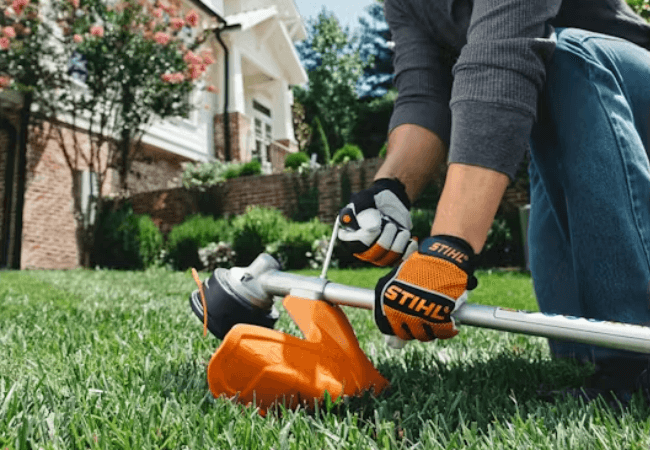
Common STIHL Trimmer Head Problems
Even though STIHL trimmers are known for being reliable and long-lasting, users may sometimes have trouble with the head.
Here are the most common problems with STIHL trimmer heads and what you can do to fix them:
The trimmer line won’t feed right.
The trimmer line not feeding correctly is one of the most common problems with the trimmer head.
This problem could be caused by a dirty or clogged trimmer head, a worn-out or broken trimmer head spool, or a line that must be put on the right.
Try cleaning the trimmer head, replacing the spool, or reinstalling the trimmer line according to the manufacturer’s instructions to fix this problem.
Too quickly, the trimmer line breaks
Another common problem is that the line for the trimmer breaks too often. This problem could be caused by using a low-quality trimmer line, installing it wrong, or using the trimmer too much and wearing it out.
To fix this problem, try using a high-quality trimmer line, ensuring it’s installed correctly and not using too much force or too much of it.
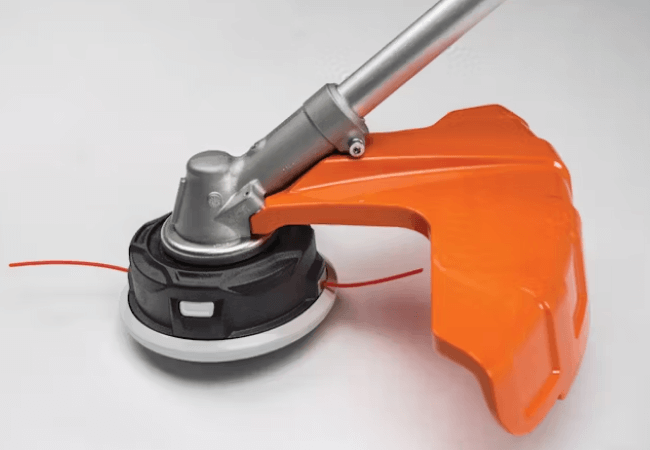
The head of the trimmer turns too slowly or not at all.
If the trimmer head spins too slowly or not at all, it could be because the clutch is broken or worn out, the drive shaft is broken or damaged, or the gearbox is broken.
To figure out what’s wrong, look for signs of damage or wear on the clutch, drive shaft, and gearbox, and replace any worn-out parts.
Too much shaking in the trimmer’s head
Too much vibration can be uncomfortable and make you tired. It can also mean that there is a problem with the trimmer head.
This problem could be caused by a trimmer head that needs to be balanced, a blade or trimmer line that is loose or broken, or an engine that doesn’t work right.
To fix this problem, make sure that the head of the trimmer is balanced and that the blades and trimmer line are put on correctly. You should also check the engine for any problems or damage.
By knowing about these common STIHL trimmer head problems and taking the proper steps to fix and take care of your tool, you can ensure it works well and keep it running for longer.
Troubleshooting Tips
If your STIHL trimmer head is giving you trouble, here are some troubleshooting tips to help you figure out what’s wrong and fix it:
The trimmer line won’t feed right.
Check to see if the trimmer head is full of dirt or other things and if it is, clean it out.
If the trimmer head spool is worn out or broken, you should replace it.
Ensure the trimmer line is put on correctly and according to the instructions from the manufacturer.
Too quickly, the trimmer line breaks.
Use a high-quality trimmer line that works with your model of trimmer.
Ensure the trimmer line is put on correctly and according to the instructions from the manufacturer.
Use the trimmer sparingly.
The head of the trimmer turns too slowly or not at all.
Check for damage or wear on the clutch, drive shaft, and gearbox.
Replace any parts that are worn out or broken as needed.
Ensure the trimmer head is correctly attached to the drive shaft and tightened securely.
Too much shaking in the trimmer head
Check the trimmer head’s balance and make any changes you need.
Ensure the blades or trimmer line are set up correctly and not broken.
Check the engine for any problems or damage that could be causing it to shake too much.
In addition to these tips for fixing problems, keeping your STIHL trimmer in good shape is essential to avoid problems with the trimmer head in the future.
This includes cleaning the head of the trimmer, lubricating the parts that move, and replacing worn parts as needed.
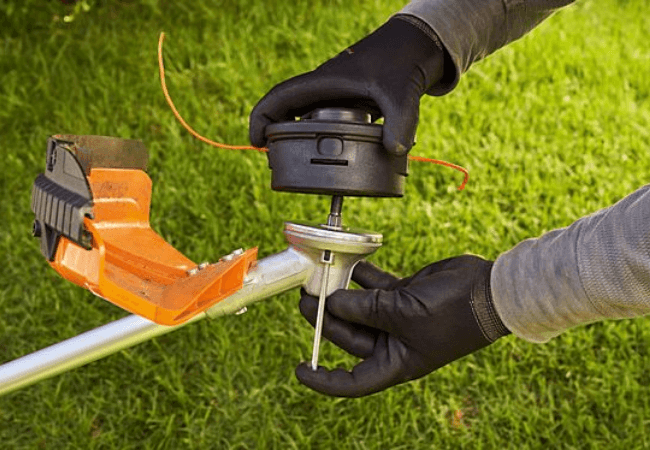
By using these tips and correctly taking care of your trimmer, you can get the most out of it and make it last longer.
Prevention is Better than Cure: Regular Maintenance Tips
When caring for your STIHL trimmer head, the saying “Prevention is better than cure” couldn’t be more accurate.
Regular maintenance can help keep the trimmer head from breaking down and keep it running at its best. Here are some ways to keep your STIHL trimmer head in good shape:
Clean the head of the trimmer often.
Cleaning the trimmer head after each use can help keep dirt and other debris from building up, which can make it hard for the line to feed correctly.
Use a brush or compressed air to clean the trimmer head of dirt or debris.
Grease parts that move.
Lubricating moving parts, like the drive shaft and gearbox, can help keep them from wearing out and ensure the car runs smoothly. Use a lubricant that is good quality and works with your trimmer model.
Change out worn-out parts
Worn-out parts, like the spool on the trimmer head, should be replaced as soon as possible to keep the trimmer head from getting worse.
Always use parts made by STIHL if you want the best performance and reliability.
How to store your trimmer
Putting your trimmer away in a dry, cool place can help keep it from getting damaged by water or high temperatures.
Always take the trimmer head off before putting it away and cover it to keep dust and debris from building up.
By following these maintenance tips, you can keep the STIHL trimmer head from having common problems and keep it working well for years to come.
In conclusion
the STIHL trimmer head is an important tool for lawn care and landscaping, and it needs to be maintained regularly to avoid problems and make sure it works well.
By knowing how to fix common problems and taking care of your trimmer head on a regular basis, you can make your tool last longer and have a well-kept lawn or garden.

